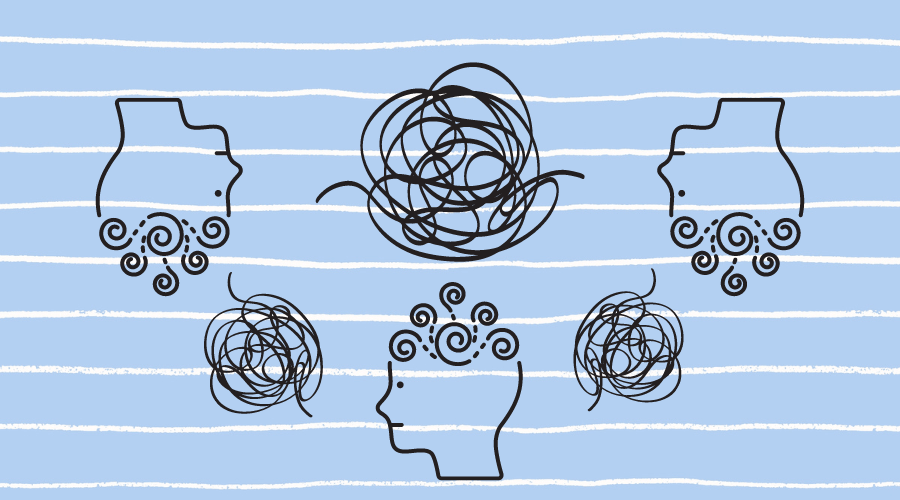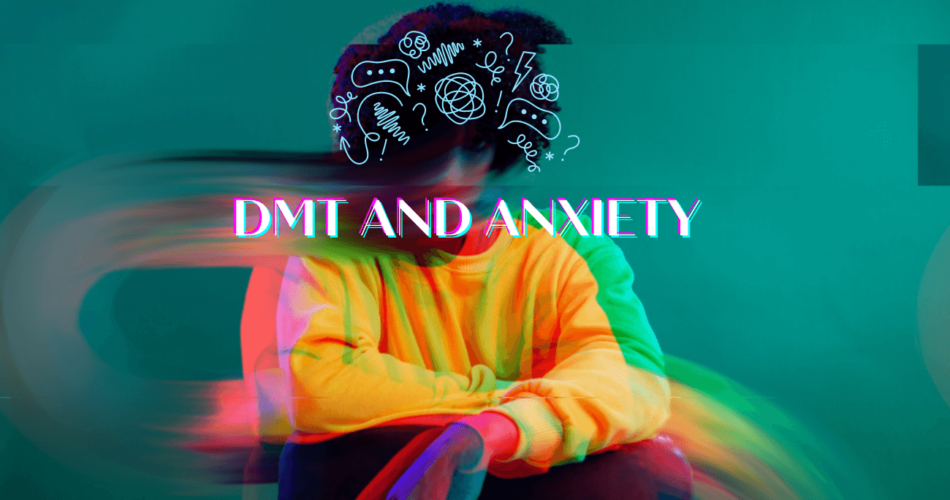Feeling jittery? Well, hold on to your neurons, because we’re diving into the swirling cosmic pool of DMT and anxiety! As it turns out, many psychedelics can be used as treatments for depression, anxiety, bipolar disorder, and more. So, let’s give it a go!
Too Long; Didn’t Read
- DMT and anxiety can have a complex relationship. While studies suggest DMT may help alleviate anxiety, its effects vary from person to person. ✨
- DMT tickles the serotonin receptors in your brain, offering a colorful escape from anxiety and depression, but the intense visions can also be overwhelming and fear-inducing. ✨
- DMT can be like a cosmic therapist, providing new perspectives on the roots of worries and helping manage them, but its use in pharmacology is still relatively new. ✨
- Psychedelic drugs, including DMT, are being explored as potential game-changers in mental health treatment, offering mind-bending experiences and fresh perspectives. ✨
- When it comes to DMT and anxiety, safety should always come first. Starting with microdosing allows for better anxiety monitoring and minimizes the risk of panic attacks. ✨
DMT and Anxiety: Friends or Foes?
Entering the trippy world of psychedelics, DMT, also known as the ‘spirit molecule’, can take you on a rollercoaster ride. Some folks find it offers a release from the gripping chains of generalized anxiety disorder and depression, while others… not so much.
Fact check: While it’s still early days, studies suggest DMT could potentially serve as an anxiety balm. But remember, we’re all unique snowflakes. What works for one may not work for another.

How Can DMT Affect Anxiety?
So, how do DMT and anxiety mix together? To answer that, we must voyage into the human mind. DMT tickles the serotonin receptors in your brain (just like many antidepressants), which could help alleviate symptoms of anxiety and depression. But it can also be like walking into a cosmic disco – fascinating, yet a bit nerve-racking.
Imagine DMT as an eccentric artist painting vibrant, dreamlike landscapes in your mind. For some, it’s like suddenly seeing the world in a whole new spectrum of colors – colors you didn’t even know existed! This can offer a breath of fresh air from the monotonous gray that often cloaks those grappling with anxiety. It’s like taking a much-needed vacation from the worries that’ve been camping out in your brain.
DMT could work like a cosmic therapist, helping you peek behind the curtain of your mind. It might show you new perspectives on the gnarly roots of your worries, helping you to better understand, manage, and maybe even uproot them.
But – and it’s a BIG but – just like rollercoasters aren’t everyone’s cup of tea, the effects of DMT can be pretty intense for those dealing with anxiety. The sudden, powerful visions can be disorienting and fear-inducing, a bit like being teleported to an alien planet without a travel guide. This can sometimes amplify anxiety instead of easing it.
A Dose of Trivia ✨
Did you know our own bodies produce small amounts of DMT? It’s speculated to be produced in the pineal gland, also known as the “third eye” in many spiritual traditions. Talk about having a trip on tap!
DMT in Pharmacology
Imagine this: DMT sipping coffee with the big shots of pharmacology. Wild, right? But it’s happening! There’s a growing interest in the therapeutic potential of substances like DMT. Of course, the emphasis is not on the hallucinogenic effects (actually, that’s what they’re trying to avoid). It’s all about hitting just the right dosage.
DMT is not used in psychiatry (neither are LSD nor magic mushrooms, for that matter). But! That doesn’t mean some people aren’t already using psychedelics for mental health issues. And that includes DMT, too. For some people, small doses of DMT (microdosing) are enough to help them deal with their problems.
Although DMT is naturally present in various plants (and even in trace amounts in our brains), its use in pharmacology is a relatively new phenomenon, particularly in the treatment of PTSD and major depressive disorder. Sadly, as for now, we need to wait to see DMT as medicine.
The Use of Psychedelic Drugs for Mental Health Disorders

From depression and anxiety to PTSD, psychedelic drugs are being eyed as potential game-changers in mental health treatment. Why? The answer is in the mind-bending experiences they offer, helping users to view their lives from fresh perspectives.
And guess what? DMT, often consumed in the form of Ayahuasca, is a leading player on this team. But remember, we’re not advocating for unmonitored use of DMT. Always consult with a healthcare professional.
Safety First: Microdosing DMT
As much as we like to float in the psychedelic cosmos, the safety of DMT must always be our grounding tether. And you never know what will come out of a DMT and anxiety mix. So, for some extra protection, we recommend starting with microdosing. It’s like sipping your favorite coffee – small doses that make your day, rather than chugging the entire pot at once. This way, you can easily monitor your anxiety levels without risking a panic attack.
From exploring the intricate relationship between DMT and anxiety to understanding its rising role in pharmacology, we’ve voyaged far and wide today. Always remember: the psychedelic journey is a personal one. Safety first, and happy tripping!
Similar Posts:
- LSD and Bipolar Disorder: How Psychedelics Affect Mental Health
- Prozac and Shrooms: Is This Antidepressant Safe to Take With Psilocybin?
- Abilify and LSD: What Happens If You Take Them Together? Side Effects
- Psychedelics for Depression: All About Mental Health Treatment With Psychedelic Drugs
- Shrooms and ADHD: Is Microdosing With Psychedelics Effective?
- Discovering Shrooms for Anxiety. A Comprehensive Guide to Magical Mushrooms and Depression
- Shrooms and Lexapro (Psilocybin Versus Escitalopram)




